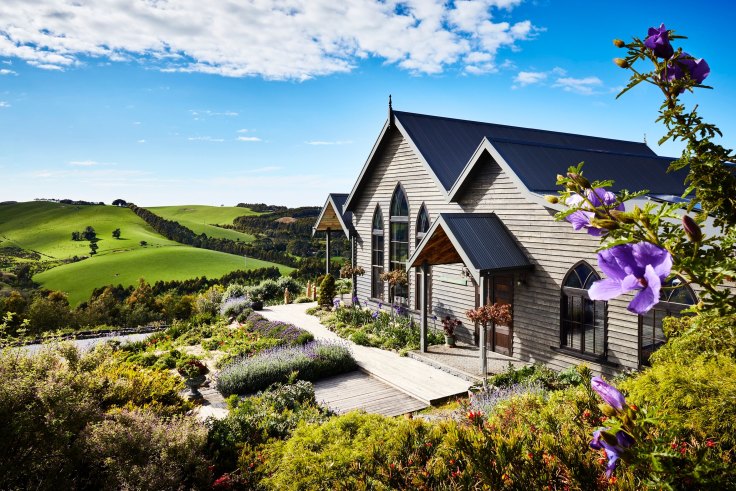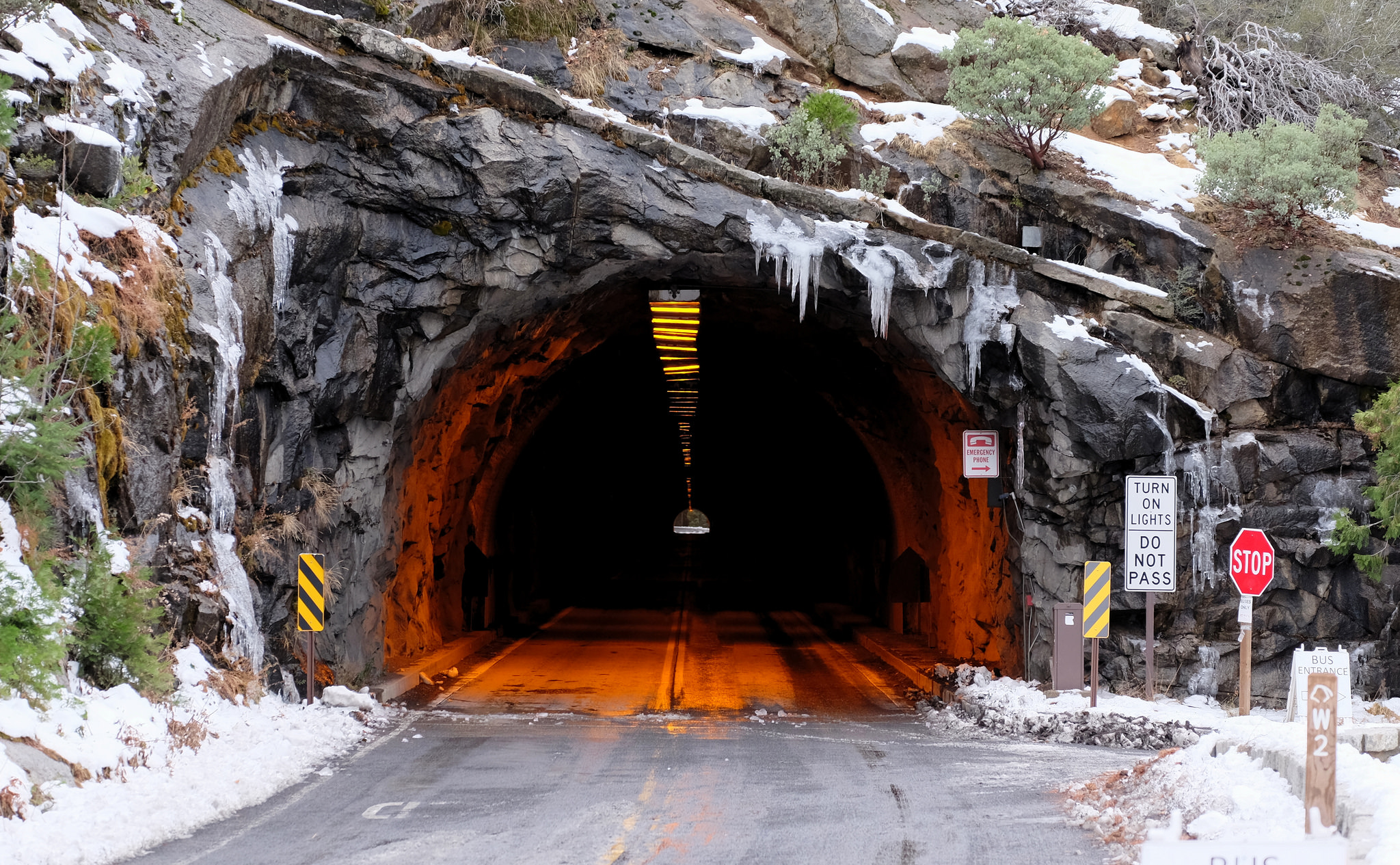Explore America's Most Historic Ranches
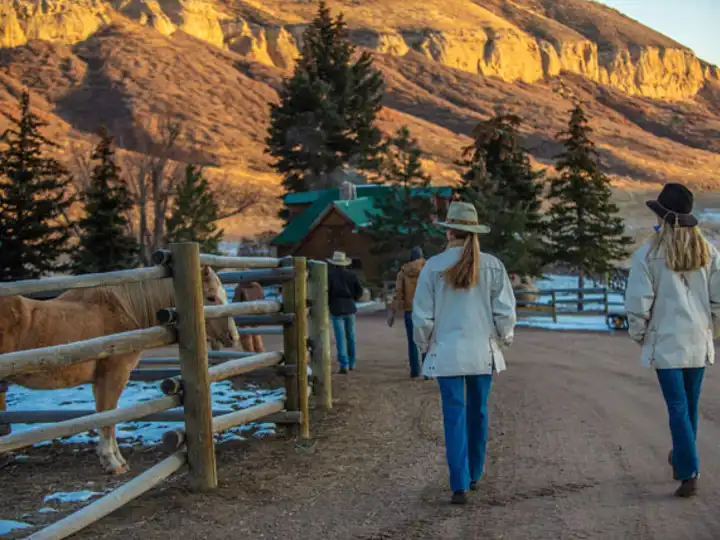
The Wild West Is Alive And Kicking
The American Old West is still a robust and functioning society, despite the perception that cowboys are only found in childhood games and that dude ranches are particularly stuck in the middle of the 1950s. These six historic ranches, all dating back to the 1800s, may still be visited today and range from working ranches to family getaways to protected sites.
King Ranch, Texas
Richard King, a former cotton dealer, riverboat captain, and Confederate, founded King Ranch in 1853. Currently covering an area greater than the state of Rhode Island, at 825,000 acres, it is the biggest ranch in the United States. The ranch, which is divided into four sizable pieces known as divisions, is located in South Texas, halfway between Corpus Christi and Brownsville. It encompasses parts of six Texas counties.
King was born into a poor Irish immigrant family distant from the rancher life in New York City, and at the age of nine, he was already apprenticed to a Manhattan jeweler. But in a frantic attempt to live an exciting life, he stowed away aboard a ship headed for Mobile, Alabama, and managed to escape his indenture. King was found, taken in by the ship's crew, and schooled such that by the time he was sixteen, he was a riverboat captain.
Waggoner Ranch, Texas

The W.T. Waggoner Ranch can claim to be the largest ranch enclosed behind a single fence, even though King Ranch is still the largest ranch in the United States. The ranch, which is 13 miles south of Vernon, Texas, was founded in 1849 by Dan Waggoner, an early American settlers' proprietor of three cottonseed oil mills, five banks, and a coal firm.
In 1870, Waggoner started purchasing land and clearing it for habitation while traveling westward. In the end, he settled close to Electra, Texas, along Beaver Creek. Up to his death in 1902, he kept increasing his holdings; his son Tom then assumed leadership of the business. Tom founded the W.T. Waggoner Estate in 1923, and his three children made up the board of directors. He was the trustee for the estate.
However, Waggoner's main sources of income are its 2,600 cultivated acres, some 1,100 oil wells, and of course, ranching. At its heart, Waggoner is an old-fashioned ranching company with around 10,000 head of cattle and an American Quarter Horse stable. It has won the Texas Ranch Roundup award five times.
Using thirty cowboys and about 120 others, the US Department of Agriculture has examined the ranch in order to preserve it. It has a variety of advantages, such as a sizable wind farm with around 130 turbines and a lake that supplies water to the neighboring city of Wichita Falls. The ranch was listed for sale by Sotheby's International Realty in August 2014, with an asking price of $725 million. After negotiations, it was purchased in February 2016 by billionaire Stan Kroenke, who owns the Los Angeles Rams and Arsenal Football Club, and is the husband of Wal-Mart heiress Ann Walton Kroenke.
Medano-Zapata Ranch, Colorado
Pioneers Neil Adee and William Durkee combined the two original ranches that made up the Medano-Zapata Ranch in 1882. The ranch had its beginnings in the 1870s. The combined land developed into a significant cattle ranch in the San Luis Valley, and its history illustrates the larger themes that dominated the ranching business: the arrival of Eastern investors, the introduction of Texas cattle to the region in the 1870s, the use of coercion to drive out other settlers in order to obtain large land tracts, and the challenges faced during lean times.
Much of the original Medano Ranch's structures, such as the main ranch house, bunkhouse, cook's house, meat house, cottonseed cake house, harness shed, barn, and a sizable corral complex, are still intact, and both ranches are listed on the National Register of Historic Places. While this was going on, the Japanese investment organization Rocky Mountain Bison Inc. bought the Zapata Ranch and refurbished it in 1989.
Read Also: Reasons You Should Visit Singapore
C Lazy U Ranch, Colorado

They started building a brand-new lodge structure in 1947, designed in the classic log cabin design. The Schoenbergers were compelled to develop more east and west wings to the ranch in 1948 due to its increasing popularity as a rural getaway. A new skeet range, patio house, swimming pool, and skiing facilities were among the many modifications made to the lodge throughout the 1950s as it grew in popularity and size.
Eatons' Ranch, Wyoming
The Eatons made the decision to close the ranch and move to Wolf Creek, Wyoming, because they wanted to provide a more suitable and diverse riding environment for their growing guest list. Fourth and fifth generation relatives are presently running the ranch, which is still owned by the Eaton family more than a century later.



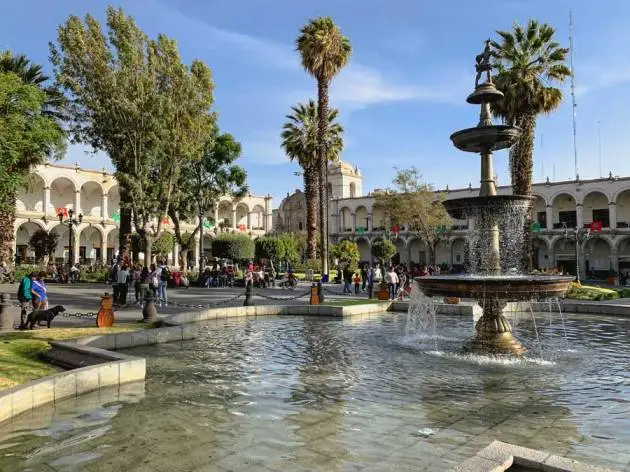

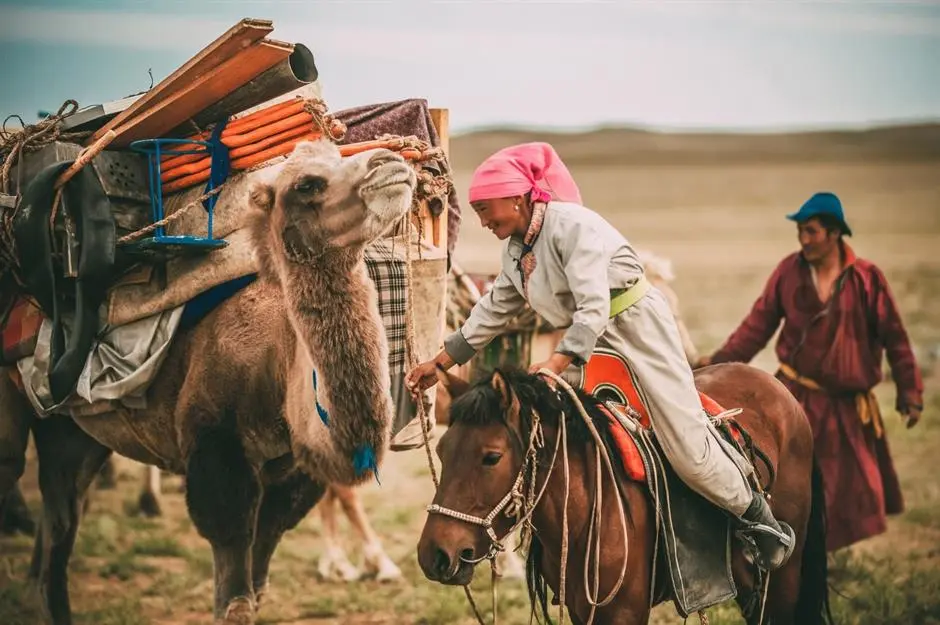
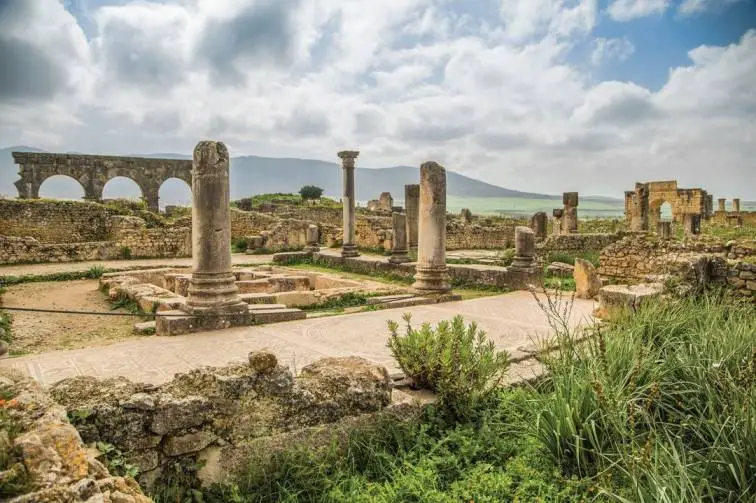
.webp)


